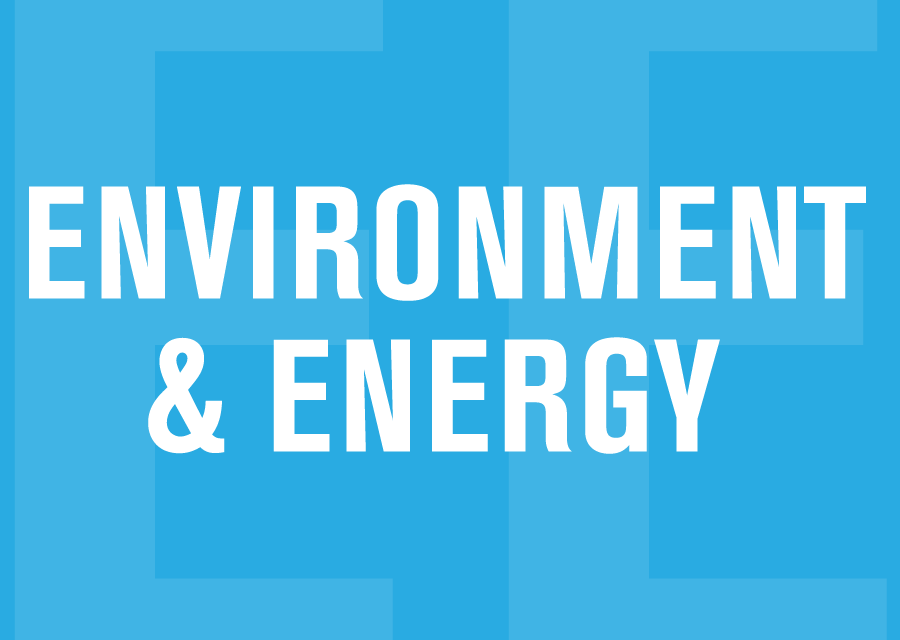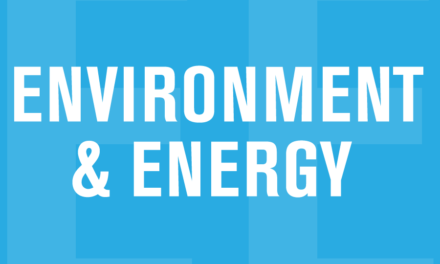To mix metaphors, Conservatives meeting in Halifax last weekend managed to whistle past the graveyard with their heads in the sand. Despite a summer of forest fires on the west coast and record temperatures and continent-spanning smoke on the east, the Conservatives not only avoided talking about climate change, they rallied to the fossil fuel economy.
Leader Andrew Scheer’s kneejerk commitment to make killing the federal carbon tax Job One for a Conservative government received the anticipated rousing response from the rank and file. Scheer also promised to revive the Energy East pipeline, a resurrection accompanied by a demonstration at downtown Sackville Landing and encouraging words from Alberta’s bumptious premier-in-waiting, Jason Kenney,
As reported here last October, the Energy East proposal ground to a halt for a number of reasons, a key one being the existence of better options for moving western Canadian oil to market. That remains the case, as reported this week by the Globe and Mail Energy specialist Shawn McCarthy.
“Western Canadian crude producers are projected to have more than enough export capacity for the foreseeable future with the completion of three major projects that are currently either under construction or approved by governments in Canada and the United States: the Trans Mountain expansion…TransCanada Corp.’s Keystone XL project and Enbridge Inc.’s expansion of its Line 3 export artery into the United States.”
Despite the fact the industry itself doesn’t seem to need Energy East, Conservatives will continue to talk it up before the next election, blaming the Liberals for its demise while using the promise of construction and oil terminal jobs as their economic development plan for Atlantic Canada. They will also wrap themselves in the Canadian flag, as Kenney did on the weekend, falsely touting Energy East as the road to “energy independence” for this region.
The notion that the pipeline would, as Kenney puts it enable us “to sell Canadian oil to Canadians and stop importing foreign conflict oil” has taken on new life in light of the diplomatic row with Saudi Arabia, the source of about ten per cent of Canada’s oil imports. The fact that this whole narrative is mostly BS has yet to register.
It may be recalled that when the project was halted last year, Nova Scotia’s erstwhile newspaper of record echoed the views of many politicians, lamenting editorially that Atlantic Canada is “the only region not connected to the national pipeline… left to get its oil from such bastions of political stability and climate enlightenment as Venezuela, Saudi Arabia and Nigeria.”
It was almost as if they hadn’t heard that Newfoundland has an offshore oil industry that produces enough oil to meet the needs of the entire Atlantic region, with some left over to serve pipeline-deprived eastern Quebec. The point about offshore Newfoundland has been made before, but to drive it home, here are some numbers as reported by the National Energy Board in its on-line Provincial and Territorial Energy Profiles.
In 2016, the most recent year covered in the profiles, Newfoundland’s offshore produced 209.7 thousand barrels of oil per day. The four Atlantic Provinces consumed only 155.7 thousand barrels a day in 2016.
So Jason Kenney and the deep thinkers at the Chronicle-Herald notwithstanding, this region is not dependent on Kenney’s “conflict oil” or the Herald’s snarky “bastions of political stability.” Thanks to the Newfoundland offshore and a couple thousand barrels of condensate from Nova Scotia, we produce more oil than we use. We do not need a big, expensive and destructive pipeline to rescue us from oil tainted by repressive regimes.
The reason oil from places like Saudi Arabia even comes into play is that the market – that is the oil producers and refiners – call the shots. Most of the oil produced off Newfoundland is exported while hundreds of thousands of barrels are imported.
Atlantic Canadians consume some of those imports, but most are used to feed the Irving refinery in Saint John and the North Atlantic Refinery at Come-by-Chance in Newfoundland. The two refineries have a combined capacity of 450,000 barrels a day – nearly three times the region’s demand. Thus, much of the oil that comes into the region from unsavoury foreign climes is refined and sent back out. The refineries, not Atlantic Canadians in general, need those imports from Saudi Arabia, Venezuela etc.
Energy East was never really about replacing foreign oil with diluted bitumen from Alberta. It was about finding another route for exporting product from the oils sands. Now that the Liberals have gone all in on Trans Mountain, Energy East has been reduced – for now at least – to a series of spurious partisan talking points.
-30-





